Why You Should Upgrade to an Underquilt (And How to Choose One)
🥶 Why You Should Upgrade to an Underquilt
(And How to Choose the Right One for Your Hammock Setup)
If you’ve ever woken up in your hammock at 3 a.m. with a cold back — even in summer — you’ve experienced what hammock campers call “cold butt syndrome.” It’s the #1 reason new hangers wake up uncomfortable, and it’s also one of the easiest problems to solve: use an underquilt.
Whether you’re moving beyond backyard hangs or just want to sleep warmer and more comfortably, here’s why an underquilt is the upgrade your gear kit deserves — and how to choose the right one.
❄️ Why Hammocks Get Cold from Below
Unlike a tent setup, your hammock suspends you in the air, meaning there’s constant airflow underneath. Even with a sleeping bag or top quilt, compressed insulation under your body loses effectiveness.
Result? You lose heat fast — especially at your back, hips, and shoulders.
🔥 What an Underquilt Does
An underquilt hangs beneath your hammock, creating a warm, insulated layer that traps heat without being compressed. Think of it like a sleeping bag for the underside of your hammock — no more waking up freezing, even on cool summer nights.
💡 Bonus: An underquilt doesn’t mess with your lay or comfort. You sleep the same way — just warmer.
🧤 Why You Should Upgrade
If you’re still using a pad or sleeping bag alone, here’s what an underquilt will do for you:
-
✅ Eliminate cold spots under your back and legs
-
✅ Sleep more naturally (no slipping off pads at night)
-
✅ Pack smaller and lighter than most closed-cell foam pads
-
✅ Extend your camping season into spring and fall
-
✅ Sleep better. Period.
🛏️ How to Choose the Right Underquilt
1. Know Your Temp Range
If you're a 3-season camper, aim for an underquilt rated around 40°F. For shoulder seasons or mountain weather, consider one rated 20–30°F.
🔥 Our EmberNest Underquilt is rated to 40°F with synthetic insulation — a great all-around choice.
2. Match It to Your Hammock
Make sure your underquilt is:
-
Long enough to cover shoulders-to-feet
-
Easy to adjust to your hammock length
-
Equipped with a reliable suspension system
✍️ Tip: Some hammocks (like our REM Hammock) work best with a 65"+ long underquilt for full coverage.
3. Consider Insulation Type
-
Synthetic: Better in wet weather, less expensive, low-maintenance
-
Down: Packs smaller, weighs less, more expensive, needs dry storage
We use synthetic insulation in the EmberNest for all-weather reliability and simple care.
4. Suspension Adjustability
Look for:
-
Shock cord ends with toggles or cord locks
-
Side adjustments to snug the quilt up to your hammock
-
Lightweight hardware that won’t tangle or sag
🔁 What About Sleeping Pads?
You can use a sleeping pad in a hammock — but it often:
-
Shifts around at night
-
Doesn't contour to your body
-
Leaves your shoulders or legs cold
Pads are great for backpacking crossover use, but underquilts are built specifically for hammock camping — and it shows.
🧭 Final Thoughts
If you’re serious about hammock camping — or even just want a better night’s sleep in the woods — an underquilt is a must-have upgrade. You’ll stay warmer, sleep deeper, and extend your hammock season comfortably.
🔗 Ready to Upgrade?
👉 Shop the EmberNest Underquilt
Lightweight. Adjustable. Cold-rated to 40°F. Built for hammock life.
Have questions about setup, sizing, or insulation? Reach out anytime — we’re here to help you Get Hanging and Stay Comfortable.


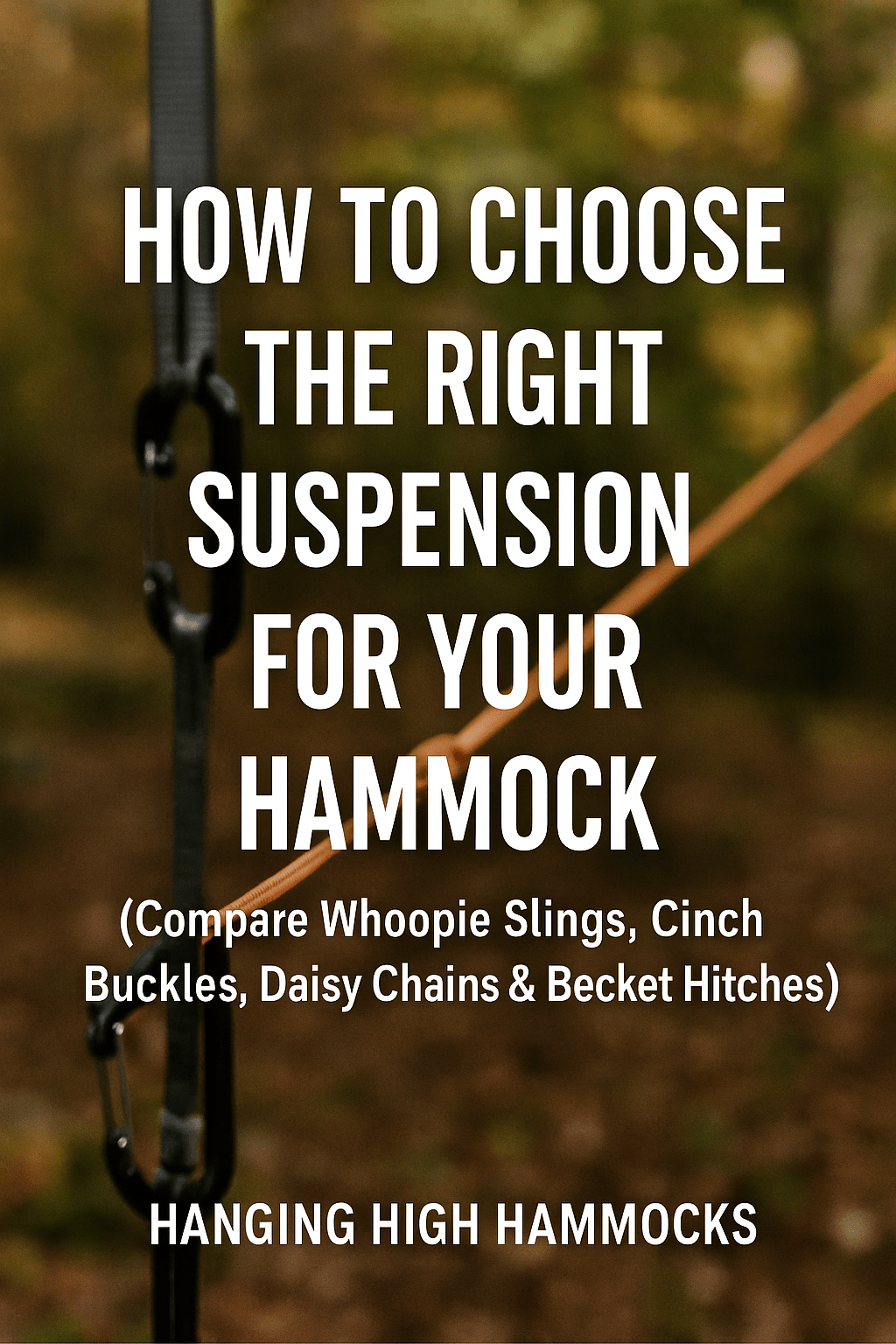
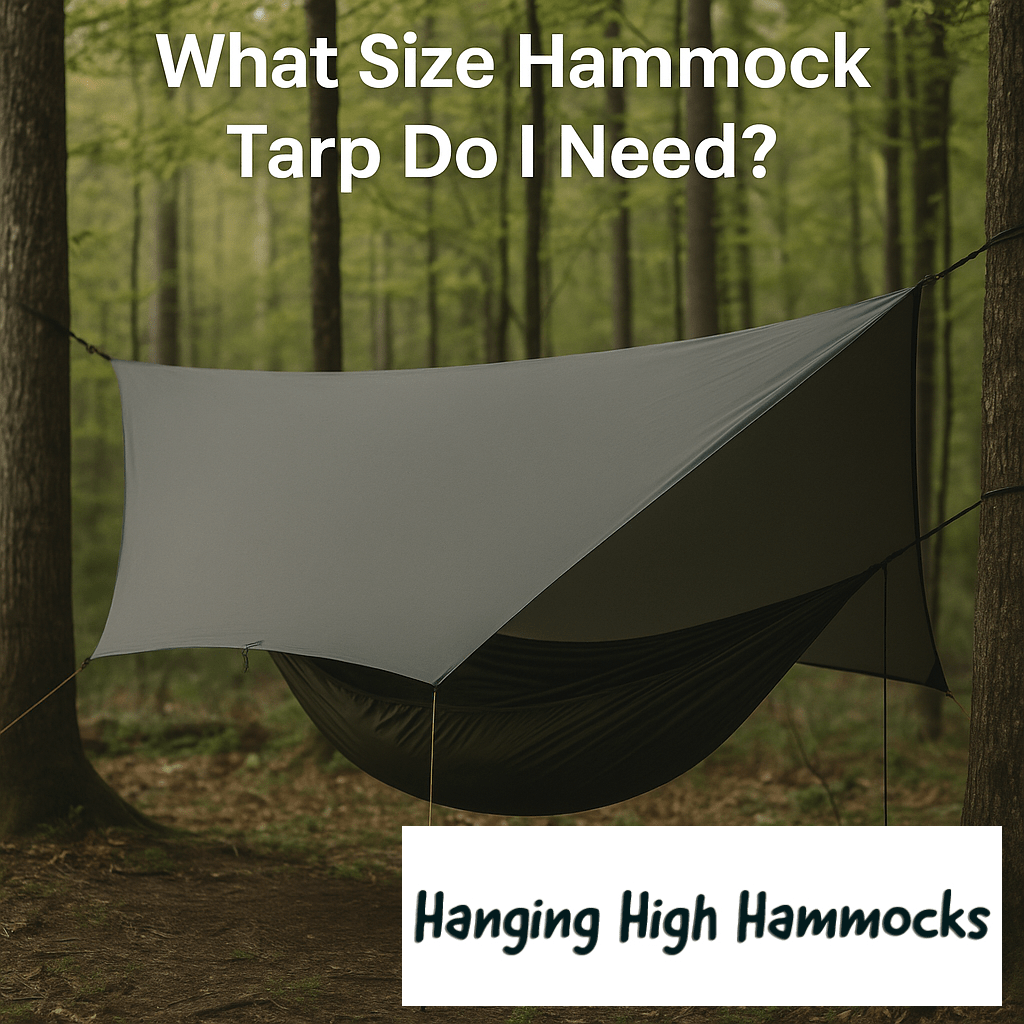
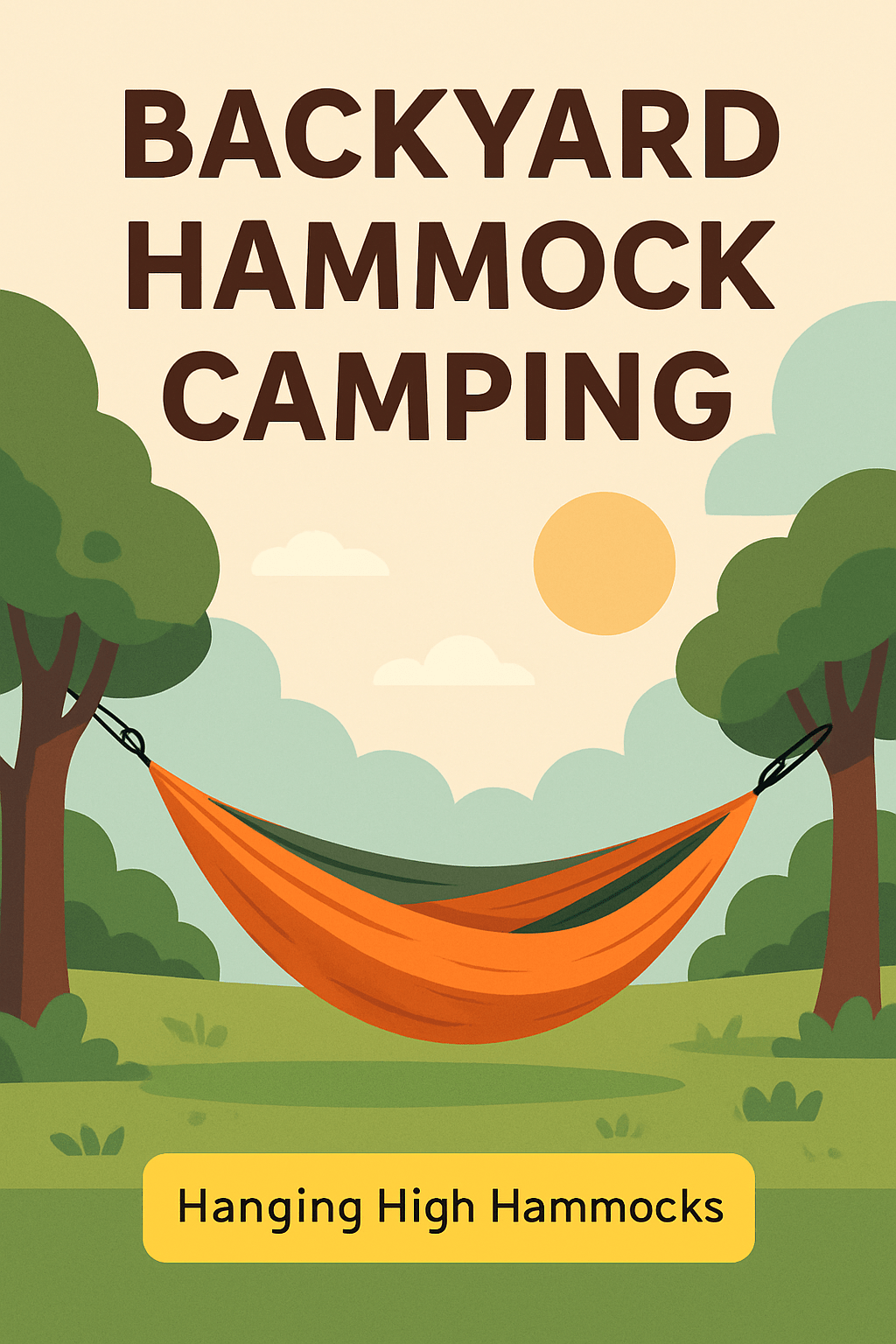
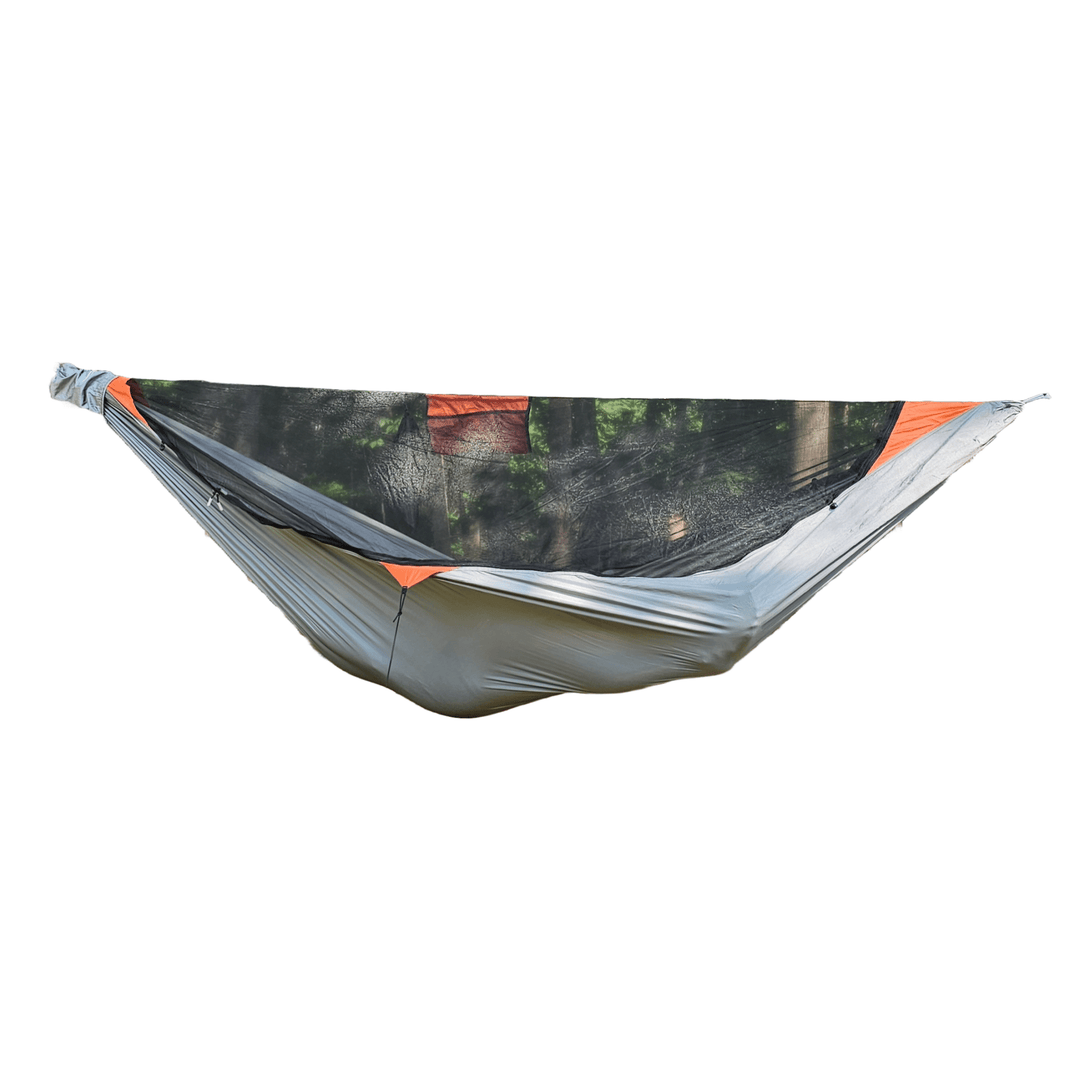
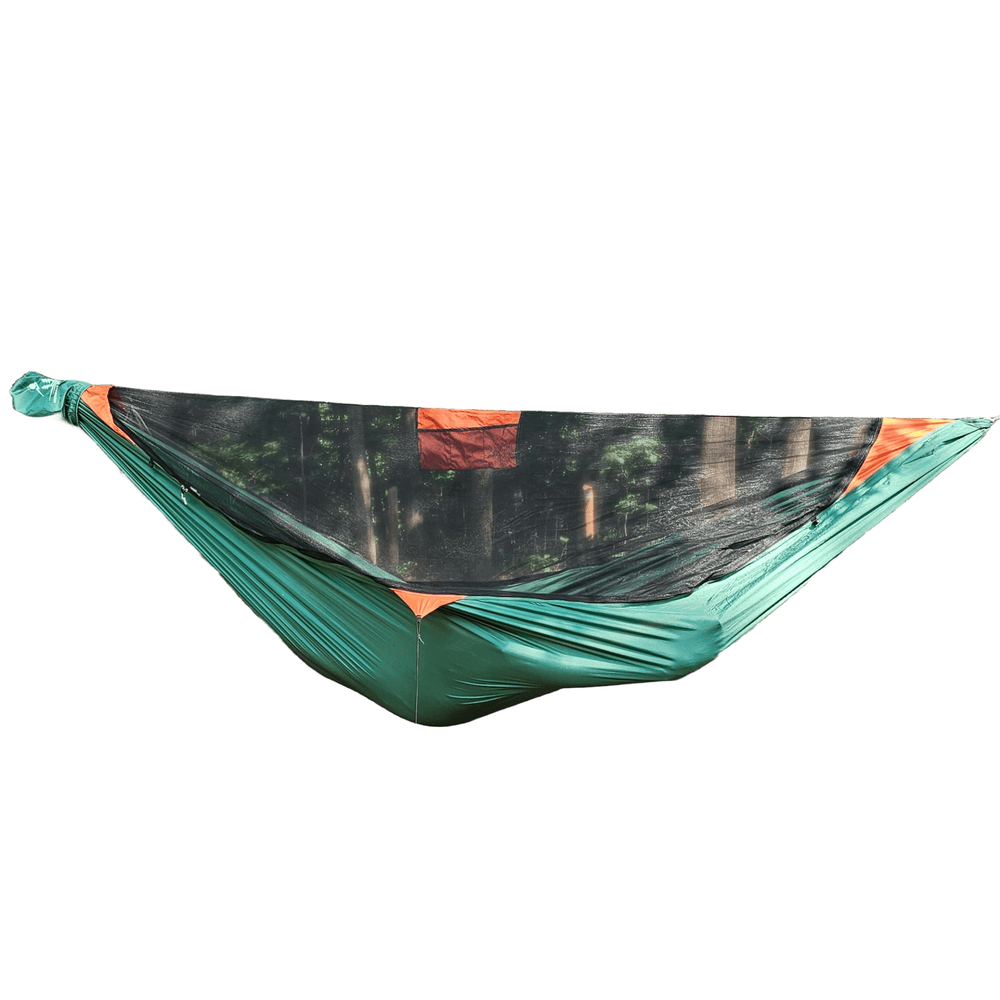
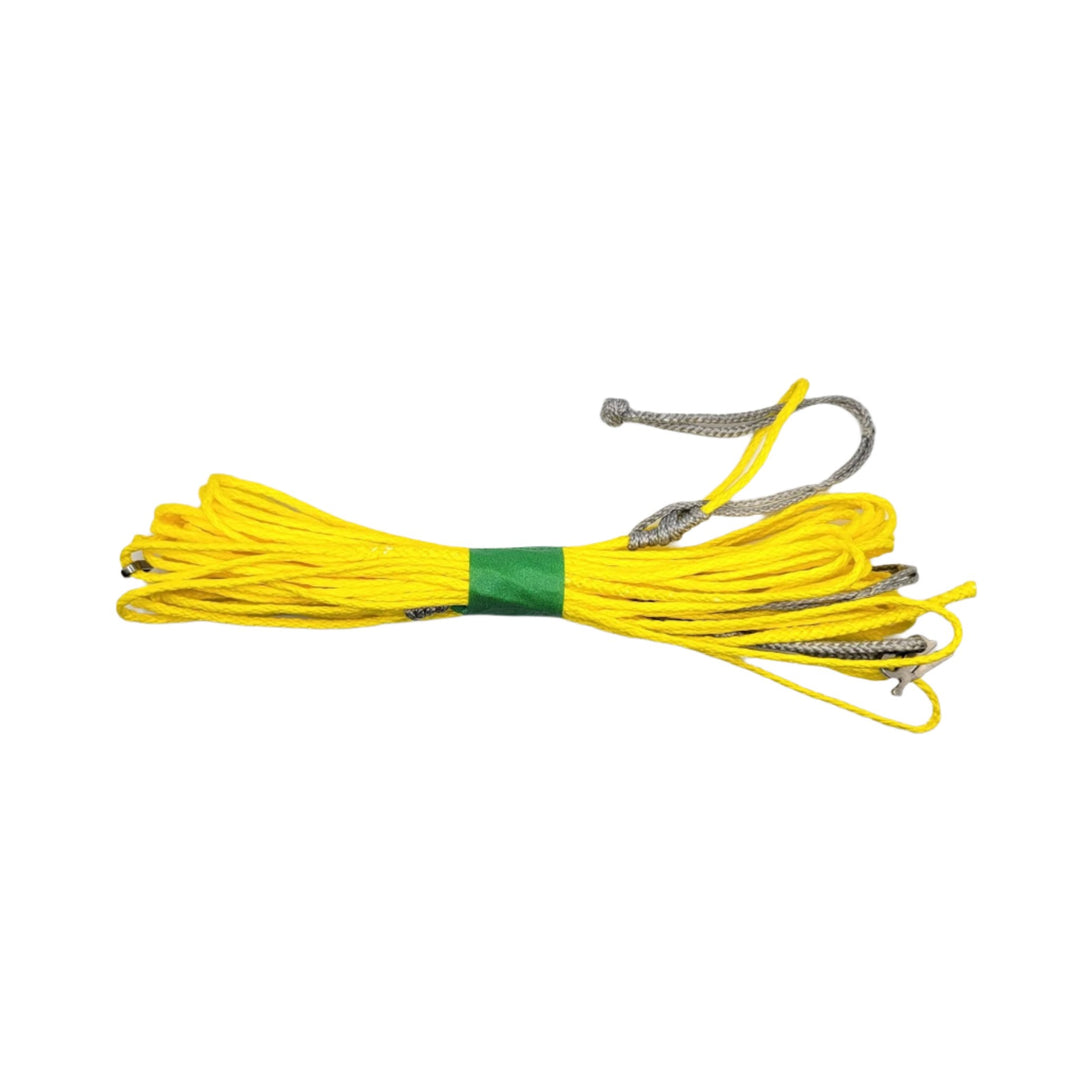
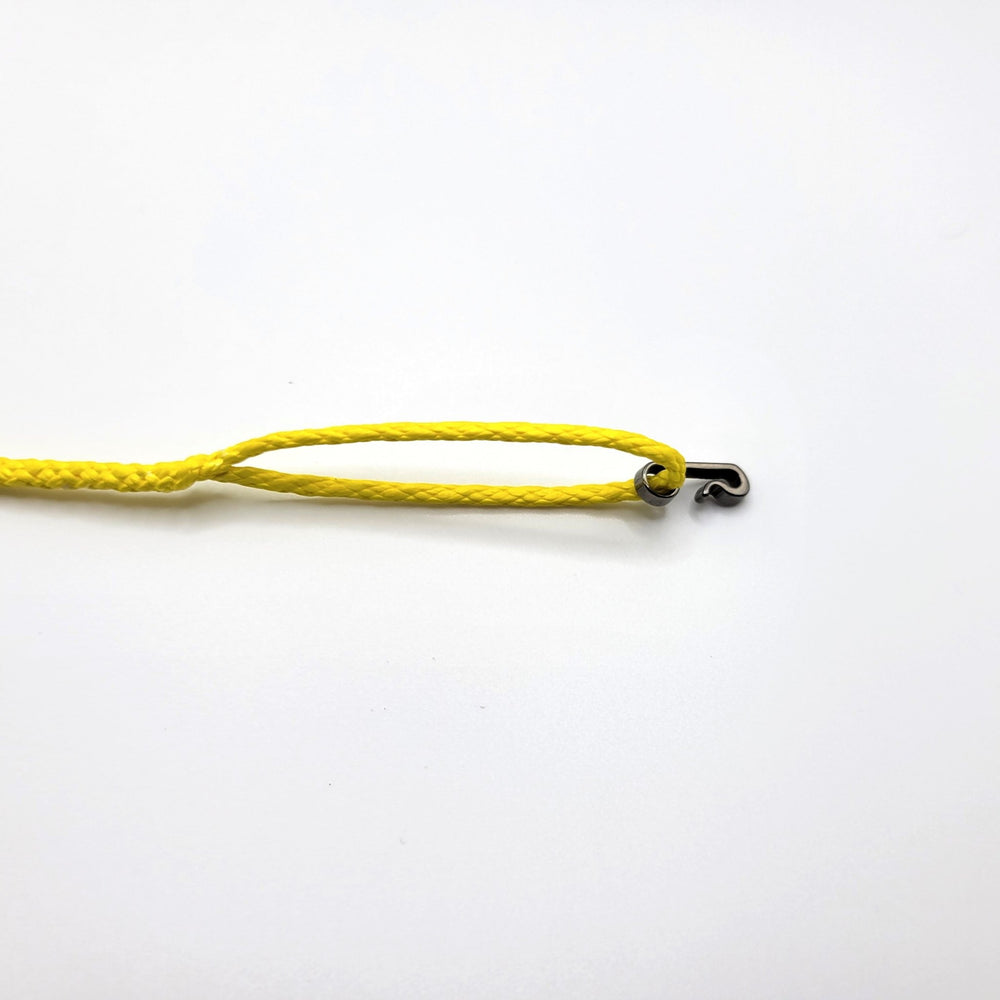
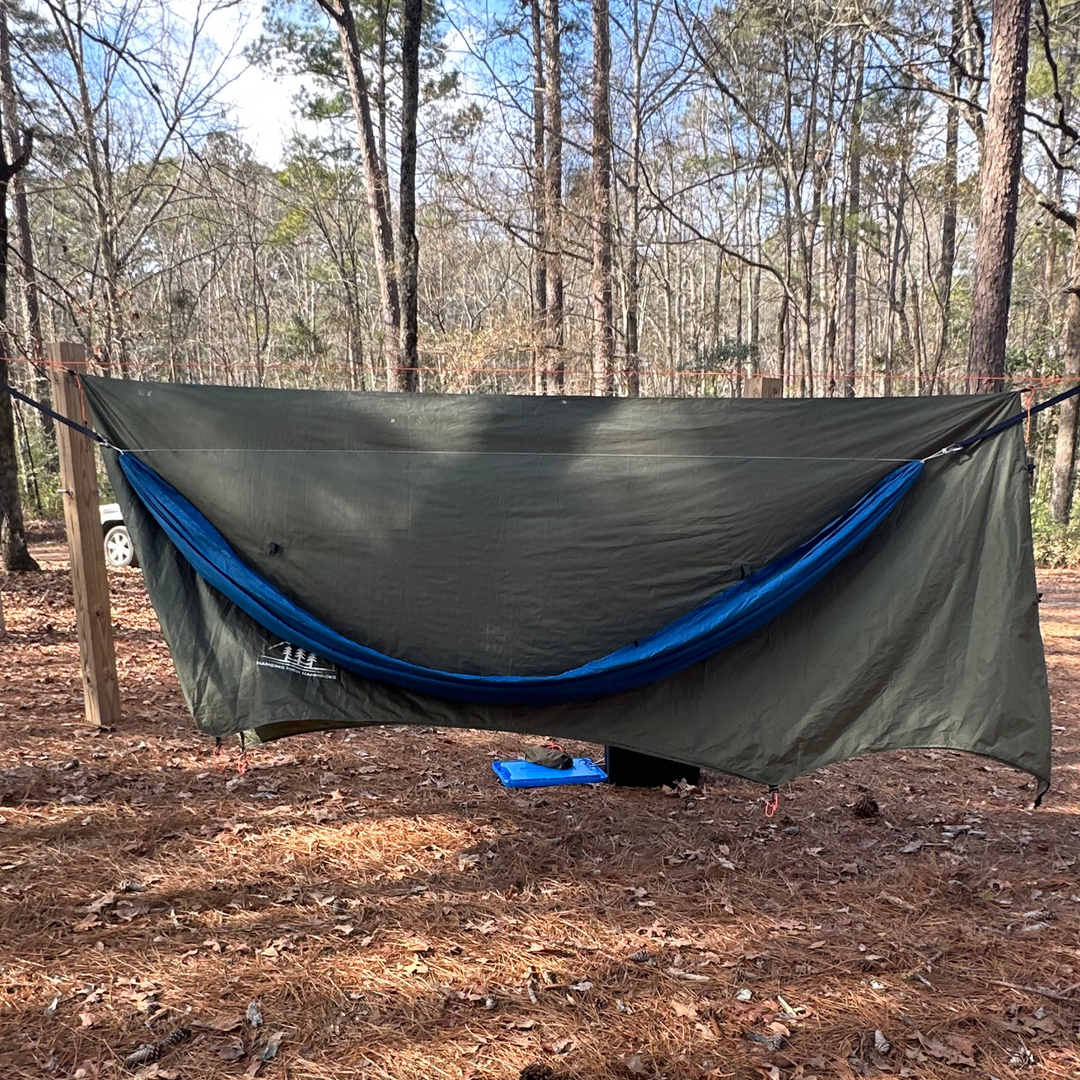
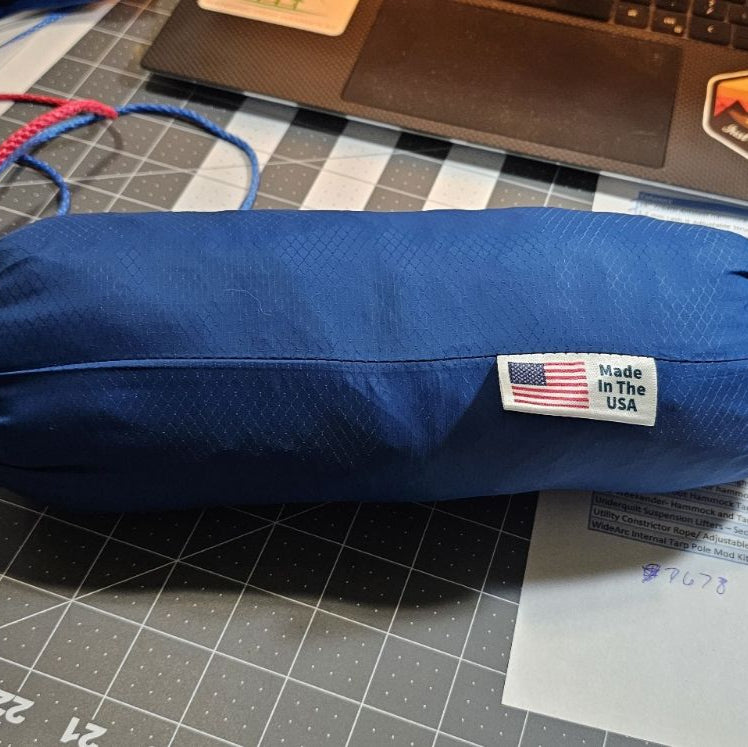
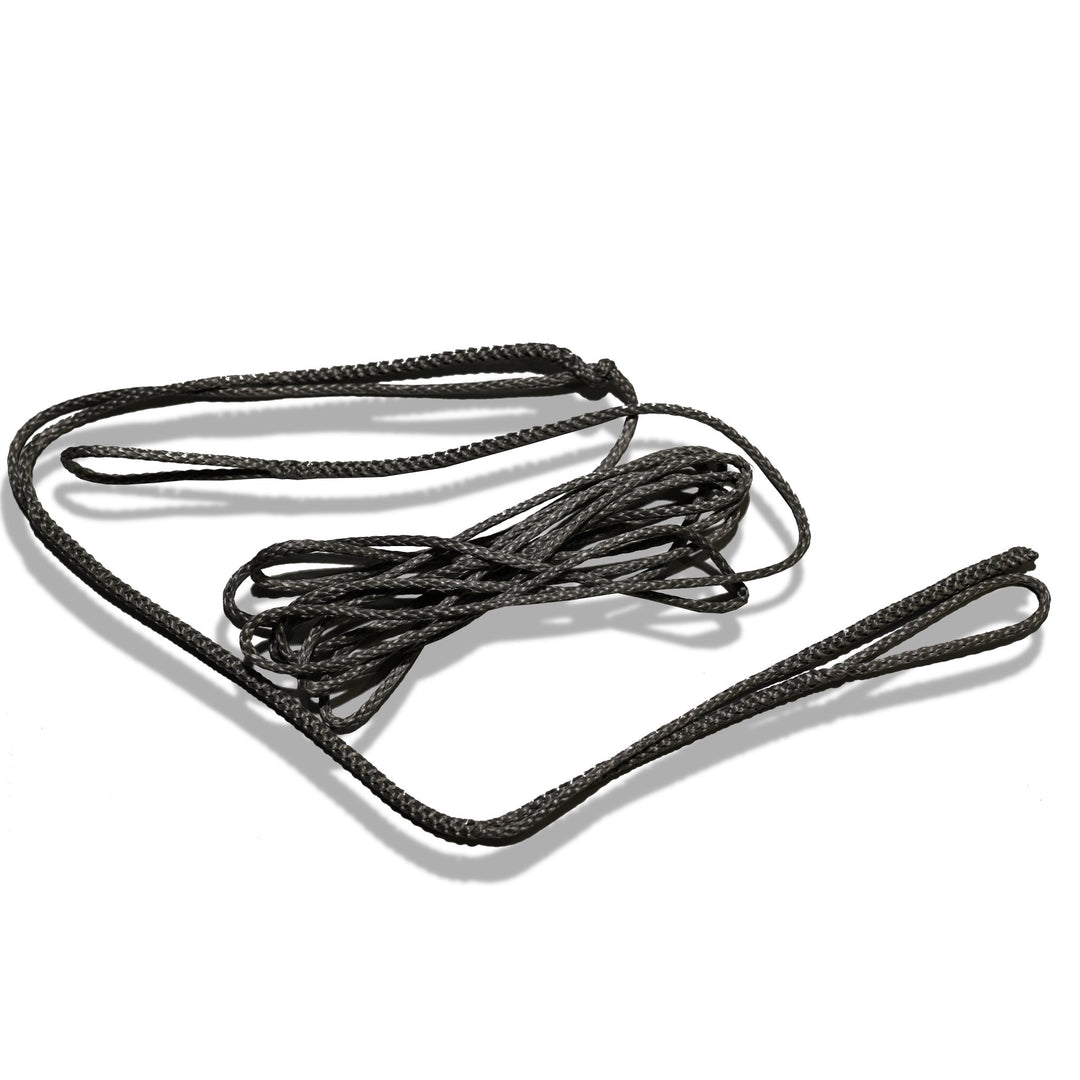
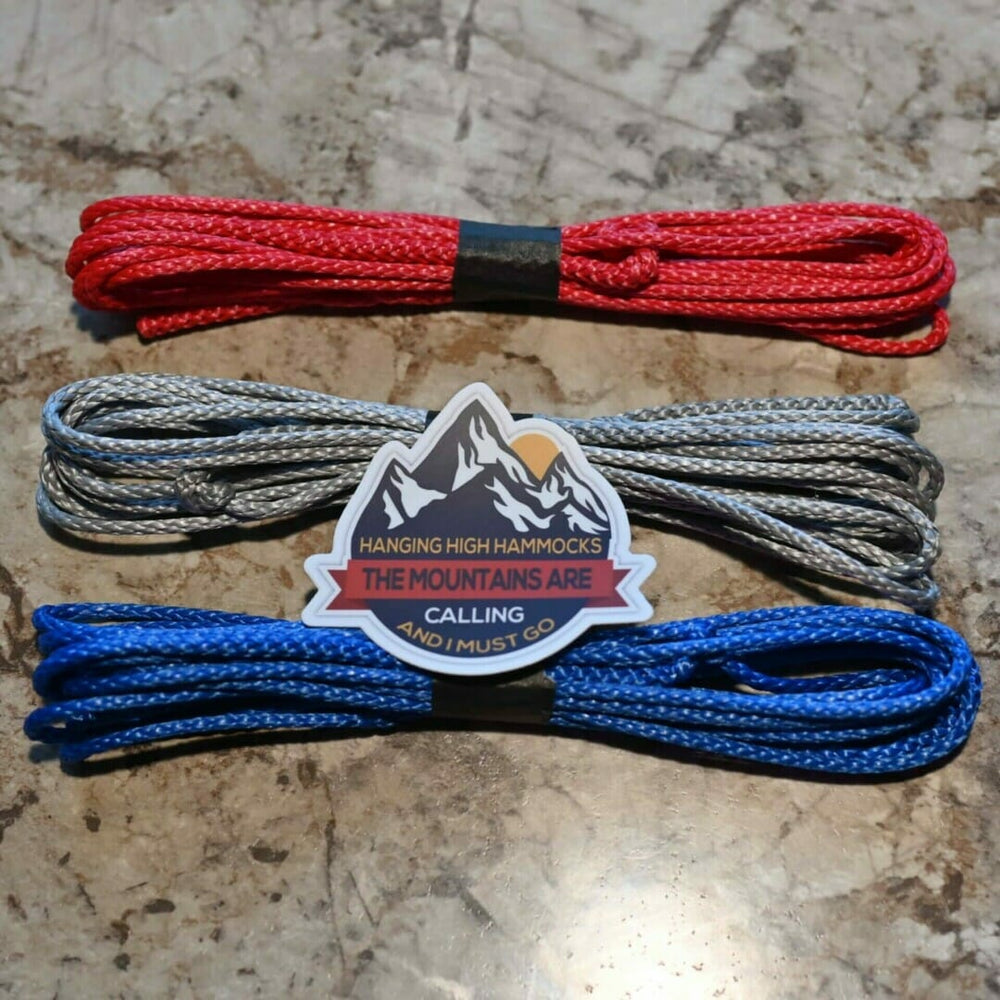
Leave a comment